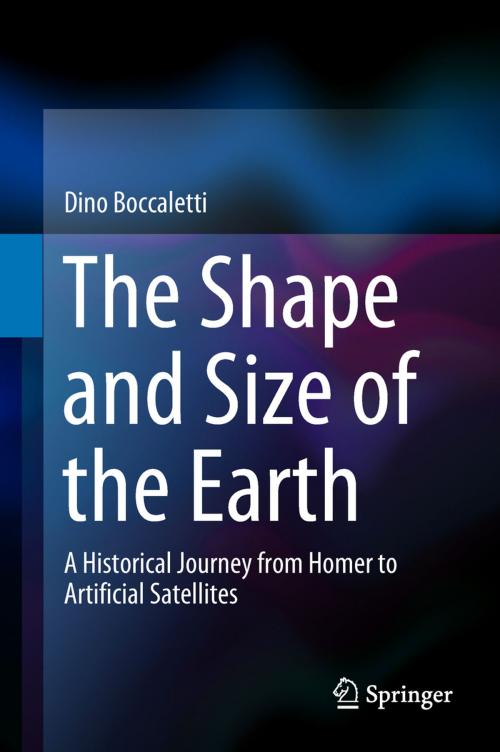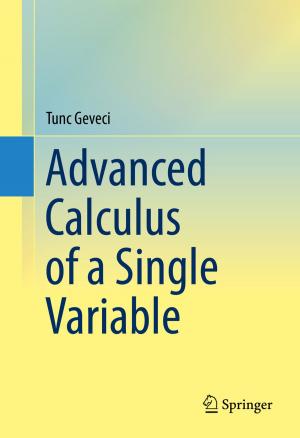The Shape and Size of the Earth
A Historical Journey from Homer to Artificial Satellites
Nonfiction, Science & Nature, Science, Earth Sciences, Geophysics, Physics, General Physics| Author: | Dino Boccaletti | ISBN: | 9783319905938 |
| Publisher: | Springer International Publishing | Publication: | July 13, 2018 |
| Imprint: | Springer | Language: | English |
| Author: | Dino Boccaletti |
| ISBN: | 9783319905938 |
| Publisher: | Springer International Publishing |
| Publication: | July 13, 2018 |
| Imprint: | Springer |
| Language: | English |
This book describes in detail the various theories on the shape of the Earth from classical antiquity to the present day and examines how measurements of its form and dimensions have evolved throughout this period. The origins of the notion of the sphericity of the Earth are explained, dating back to Eratosthenes and beyond, and detailed attention is paid to the struggle to establish key discoveries as part of the cultural heritage of humanity. In this context, the roles played by the Catholic Church and the philosophers of the Middle Ages are scrutinized. Later contributions by such luminaries as Richer, Newton, Clairaut, Maupertuis, and Delambre are thoroughly reviewed, with exploration of the importance of mathematics in their geodetic enterprises. The culmination of progress in scientific research is the recognition that the reference figure is not a sphere but rather a geoid and that the earth’s shape is oblate. Today, satellite geodesy permits the solution of geodetic problems by means of precise measurements. Narrating this fascinating story from the very beginning not only casts light on our emerging understanding of the figure of the Earth but also offers profound insights into the broader evolution of human thought.
This book describes in detail the various theories on the shape of the Earth from classical antiquity to the present day and examines how measurements of its form and dimensions have evolved throughout this period. The origins of the notion of the sphericity of the Earth are explained, dating back to Eratosthenes and beyond, and detailed attention is paid to the struggle to establish key discoveries as part of the cultural heritage of humanity. In this context, the roles played by the Catholic Church and the philosophers of the Middle Ages are scrutinized. Later contributions by such luminaries as Richer, Newton, Clairaut, Maupertuis, and Delambre are thoroughly reviewed, with exploration of the importance of mathematics in their geodetic enterprises. The culmination of progress in scientific research is the recognition that the reference figure is not a sphere but rather a geoid and that the earth’s shape is oblate. Today, satellite geodesy permits the solution of geodetic problems by means of precise measurements. Narrating this fascinating story from the very beginning not only casts light on our emerging understanding of the figure of the Earth but also offers profound insights into the broader evolution of human thought.















